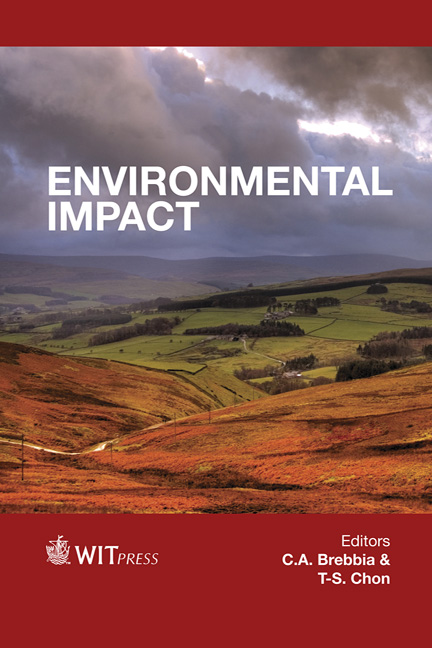Engineering Environmental Site Investigations In The Oilfields Of The Western Urals: Peculiarities And Problems
Price
Free (open access)
Transaction
Volume
162
Pages
11
Page Range
473 - 483
Published
2012
Size
2,812 kb
Paper DOI
10.2495/EID120411
Copyright
WIT Press
Author(s)
V. I. Sturman
Abstract
Russian legislation requires companies to carry out environmental site investigations in all cases of civil or industrial projects. The investor or owner is the responsible party in the case of any pollution. Information on air, water and soils quality is the main result of environmental site investigations. We carried out about 60 environmental site investigations of oilfields in the Western Urals. Environmental site investigations usually include field survey, biodiversity inventory, sampling of air, water and soils, radio-activity and noise measuring, analysis of monitoring data, socio-economic data analysis. We have never detected cases of air pollution, noise or radiation more than that which is allowable. Most common problems include contamination of surface water at the stage of borehole drilling, and contamination of subsurface water at a late stage of oilfield exploitation. Soil and groundwater salt pollution takes place at many local sites. Remains of soil damage and pollution incidents occur at many local sites. Most incidents took place in 1970-80s, when exploitation started. Pipeline accident rates depend on relief and surface deposits and are also related to oil prices. Keywords: oilfields, environmental site investigations, air pollution, surface water, groundwater, soils. 1 Specific regional features The regional specific features of the Western Urals are: prevalence of hard mineable reserves of extra-heavy crude oil contained in small oilfields of complex structure;
Keywords
oilfields, environmental site investigations, air pollution, surface water, groundwater, soils.





